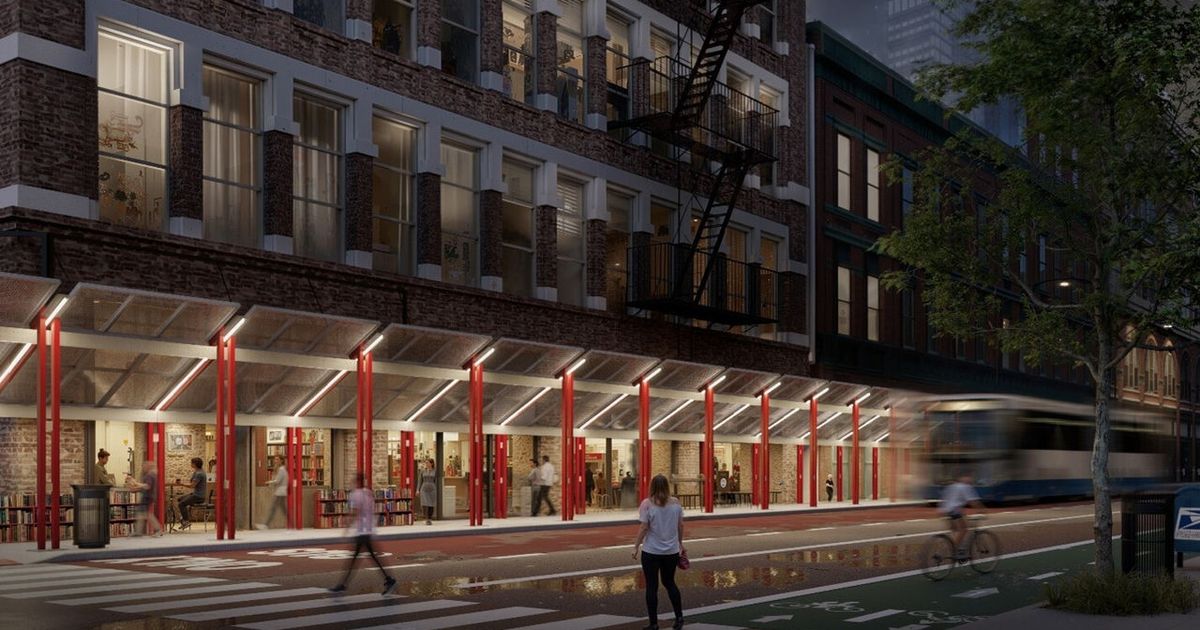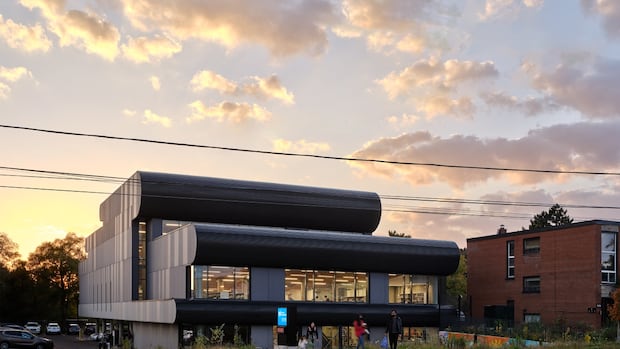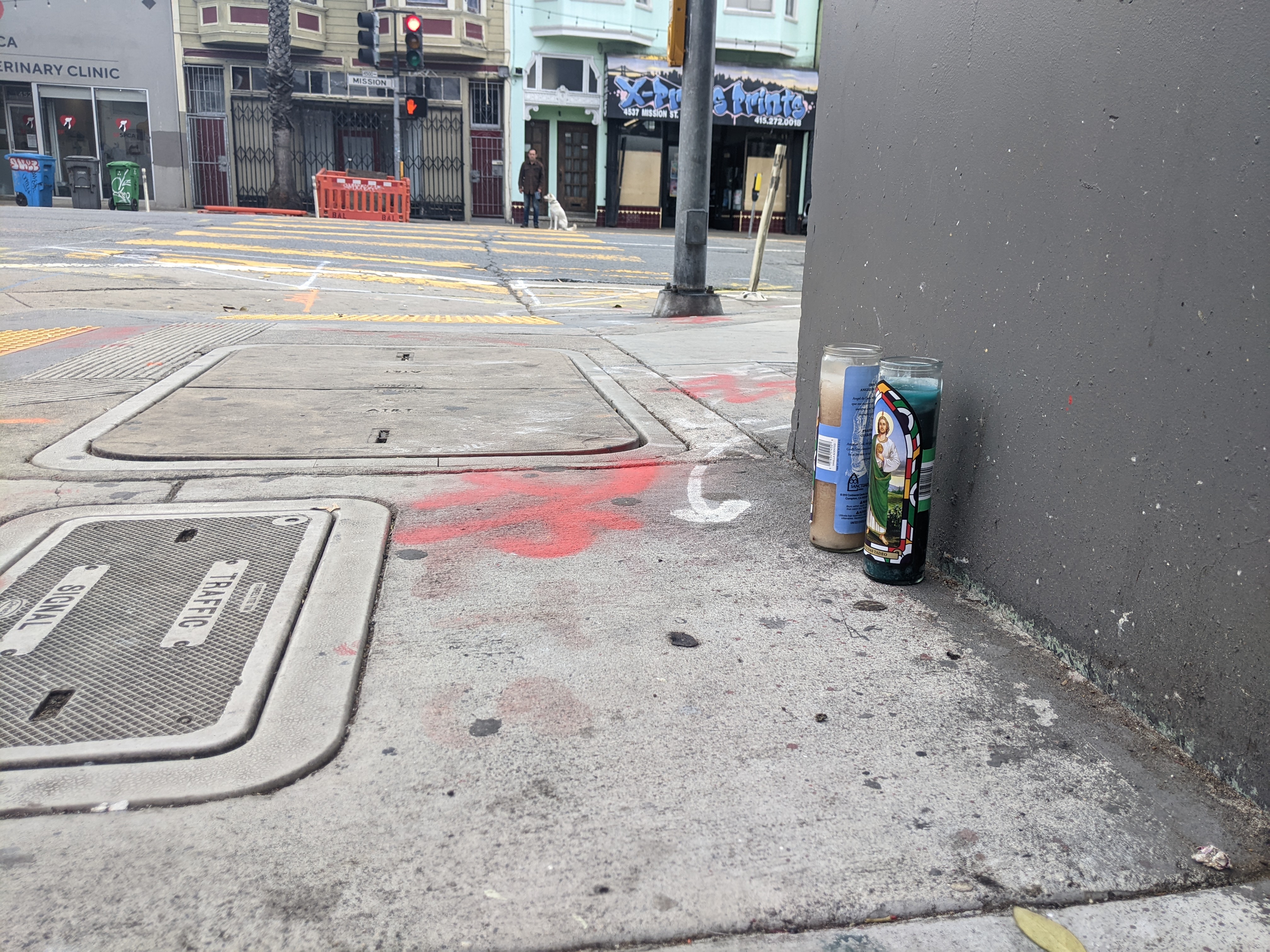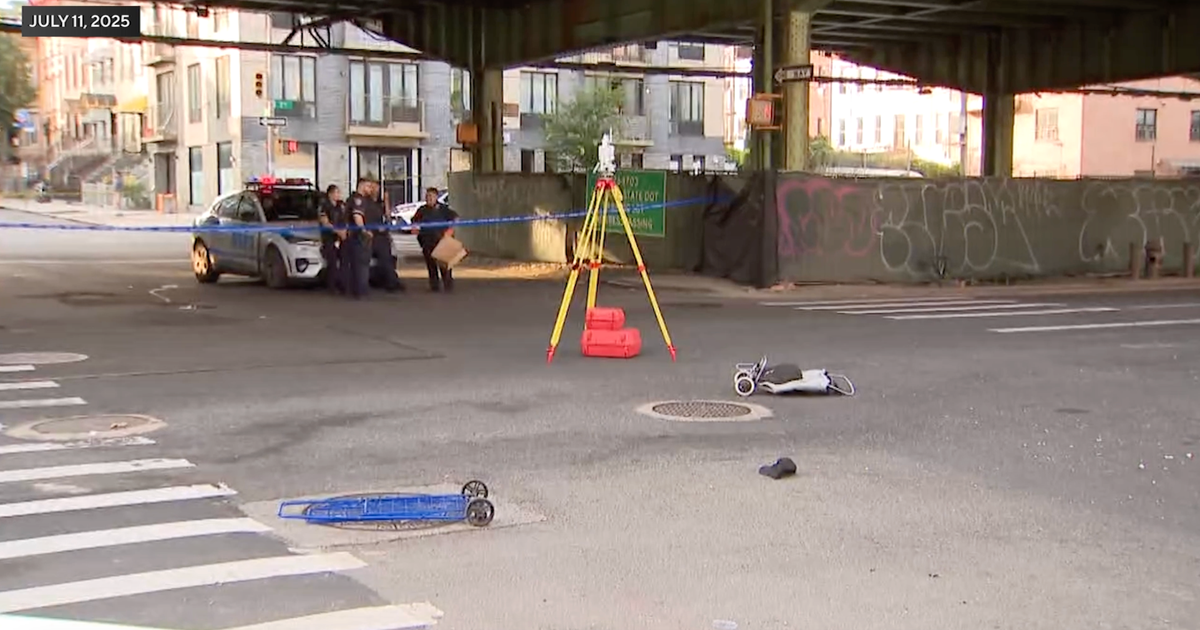fromwww.archdaily.com
18 hours agoGeorge Street Plaza & Community Building / Adjaye Associates
My hope is that this new community building and George Street public plaza will become a cherished destination in Sydney's city center, a generative place for people to connect, recharge, reflect, and take a pause from the rhythm of a fast-transforming city.
Design





.png)











